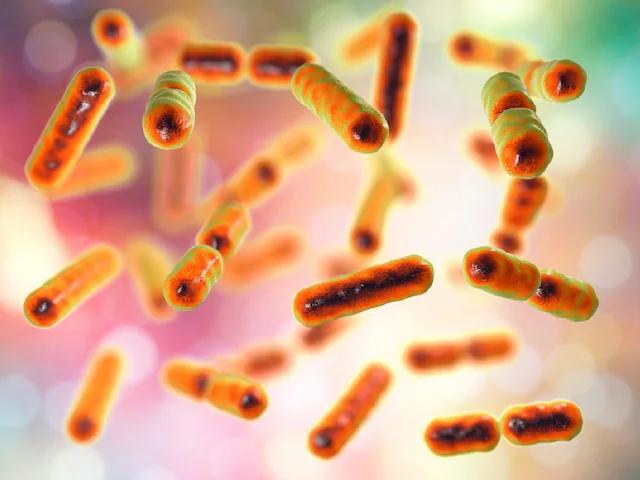
New Strain of Bacteria Found on Chinese Space Station
As humans continue to push the boundaries of space exploration, new discoveries are being made that shed light on the mysteries of the universe. The latest finding from China’s space program has sparked excitement among scientists, as a new strain of bacteria has been discovered on the Tiangong space station. According to a recent study, the bacteria, named Niallia tiangongensis, has adapted to the extreme conditions of space in ways that are both fascinating and beneficial.
The discovery was made by Chinese scientists, who published their findings in the International Journal of Systematic and Evolutionary Microbiology. The study reveals that the bacteria were found on a cabin on the space station, where they were able to thrive in the harsh environment of space.
So, how did this new strain of bacteria survive and even thrive in the extreme conditions of space? The answer lies in its ingenious mechanisms for adapting to the environment. For one, the bacteria have developed a unique way of combating oxidative stress, which occurs when cells are exposed to high levels of oxygen. This stress can damage DNA and proteins, leading to cell death. The Niallia tiangongensis bacteria, however, have evolved a way to mitigate this stress by producing enzymes that can neutralize free radicals, which are unstable molecules that can cause oxidative damage.
But that’s not all. The bacteria have also developed a way to reverse radiation-induced damage, which is a major concern for astronauts on long-duration space missions. Radiation exposure can cause damage to cells and tissues, leading to a range of health problems. The Niallia tiangongensis bacteria, however, have evolved enzymes that can repair DNA damage caused by radiation, allowing them to survive and even thrive in the radiation-rich environment of space.
These findings are significant not only because they shed light on the adaptability of bacteria in extreme environments, but also because they could have potential applications for human space exploration. As scientists continue to push the boundaries of space travel, the ability to protect astronauts from the effects of radiation and oxidative stress is crucial.
Moreover, the discovery of this new strain of bacteria has also sparked interest in the potential for using microorganisms to support human life in space. For example, microorganisms could be used to clean air and water, or even to produce food and medicine for astronauts on long-duration missions.
The Tiangong space station, which was launched in 2011, is a critical component of China’s space program, serving as a testing ground for new technologies and a symbol of the country’s growing presence in the space industry. The discovery of this new strain of bacteria is just the latest in a series of significant findings made possible by the station’s unique environment.
As scientists continue to explore the mysteries of the universe, discoveries like this one remind us of the vast and largely uncharted territory that lies ahead. The discovery of the Niallia tiangongensis bacteria is a testament to the power of human curiosity and the importance of continued investment in scientific research.
Source:
https://www.microbiologyresearch.org/content/journal/ijsem/10.1099/ijsem.0.006693






